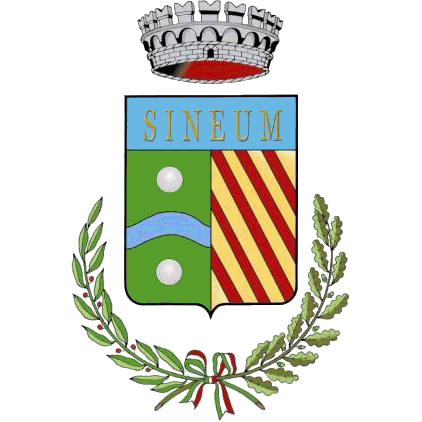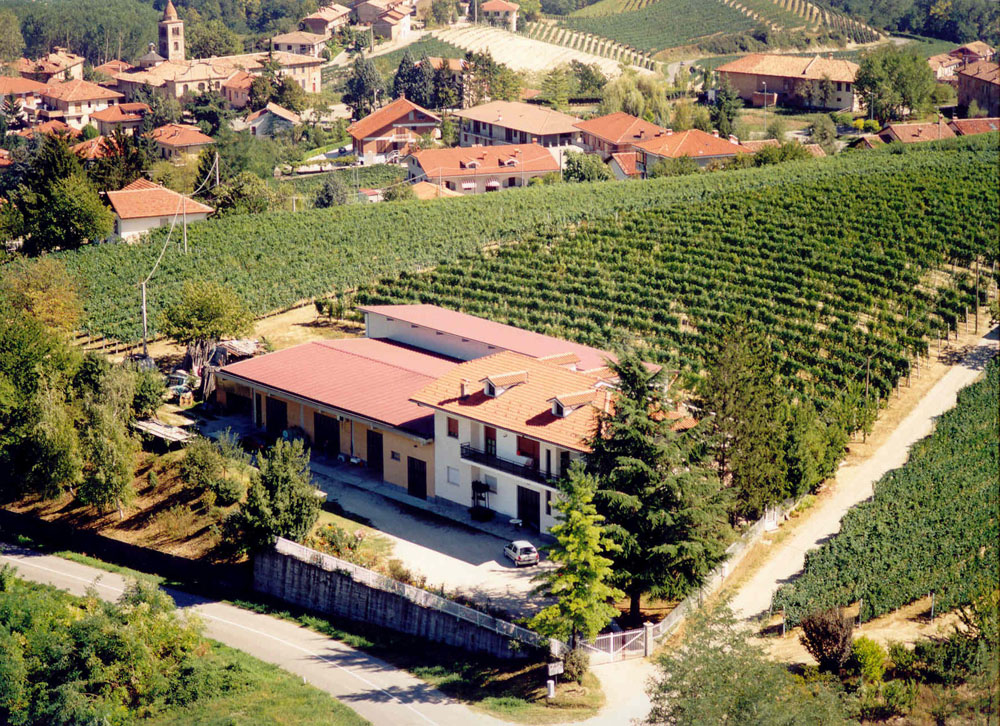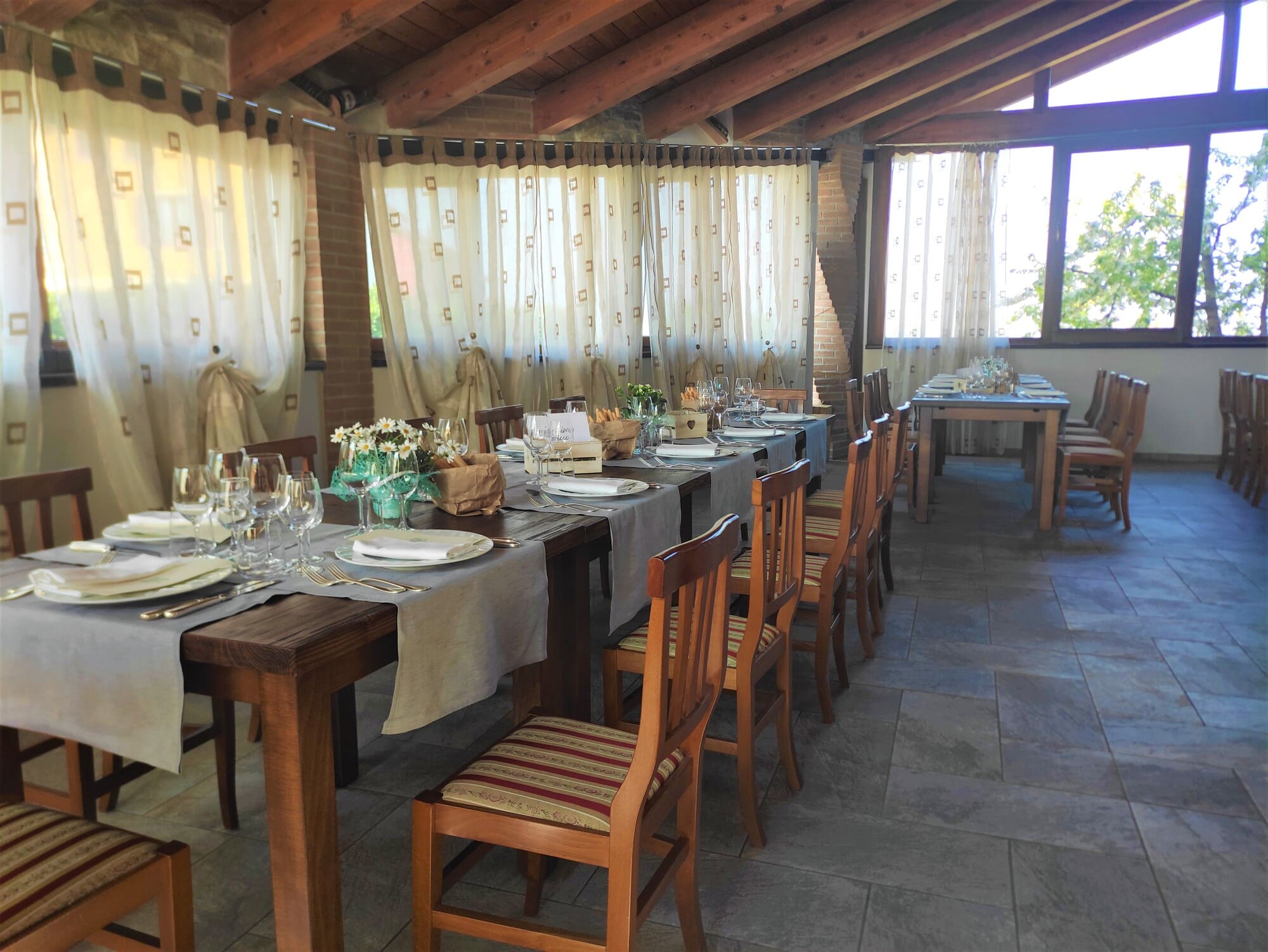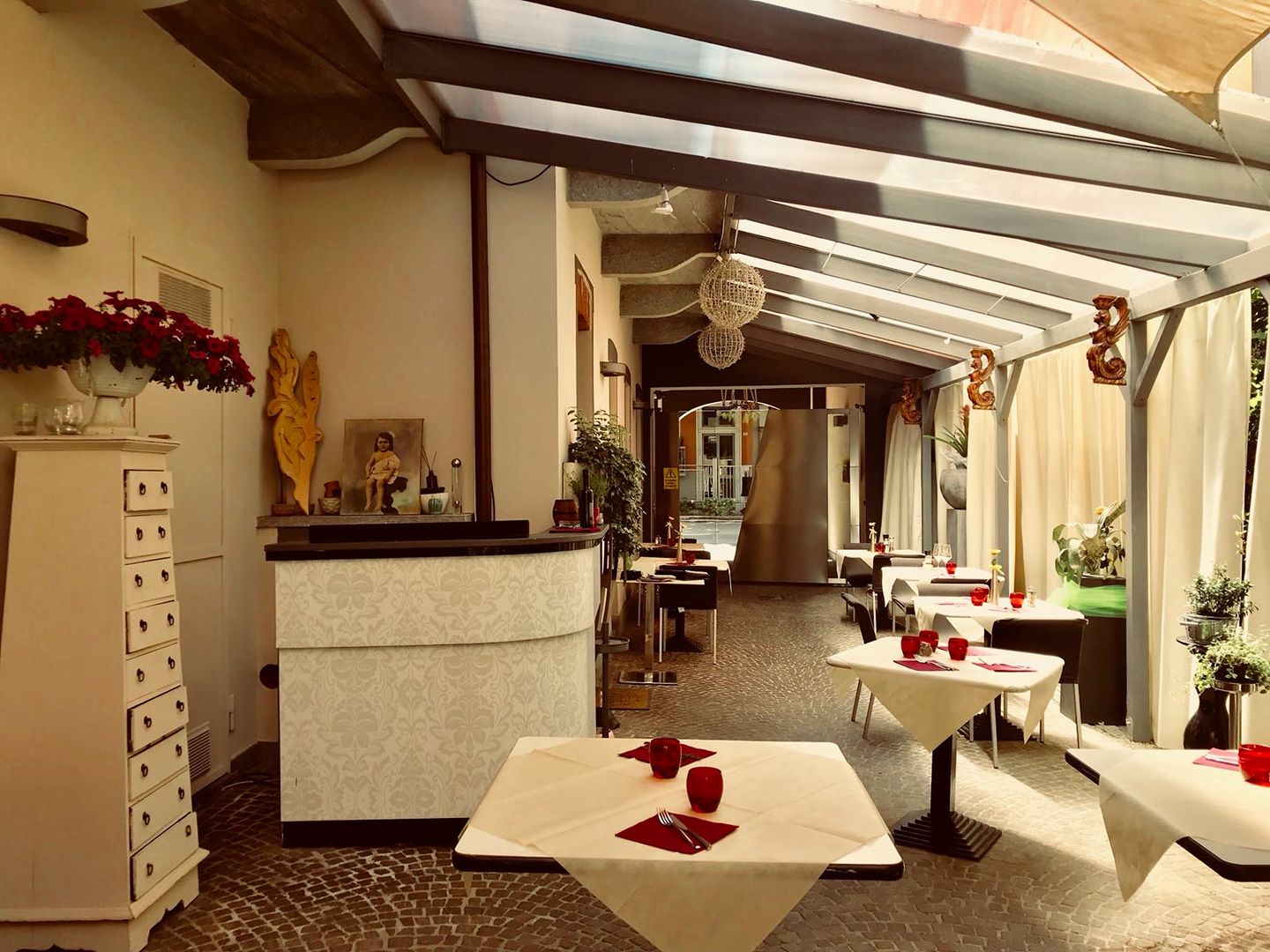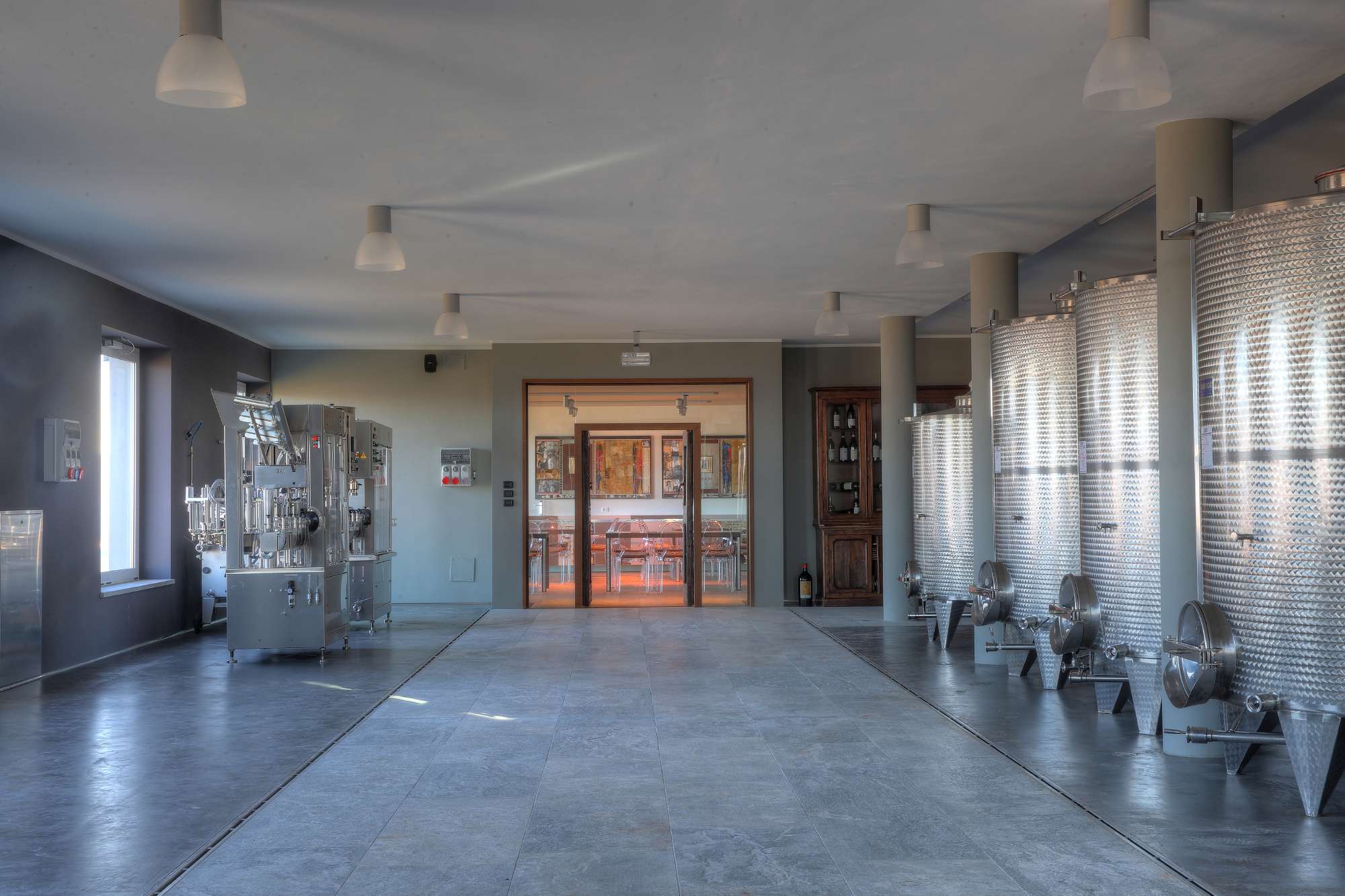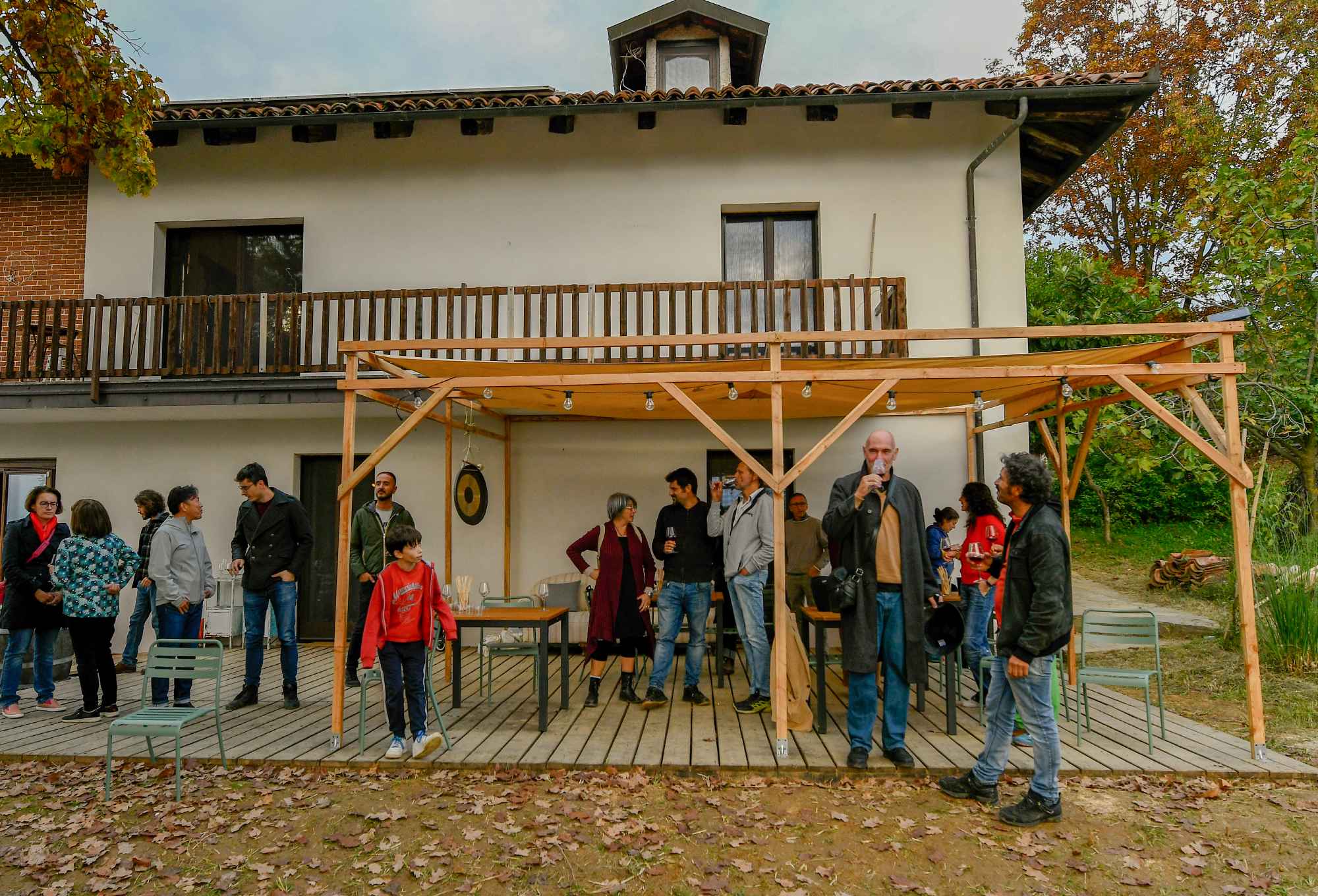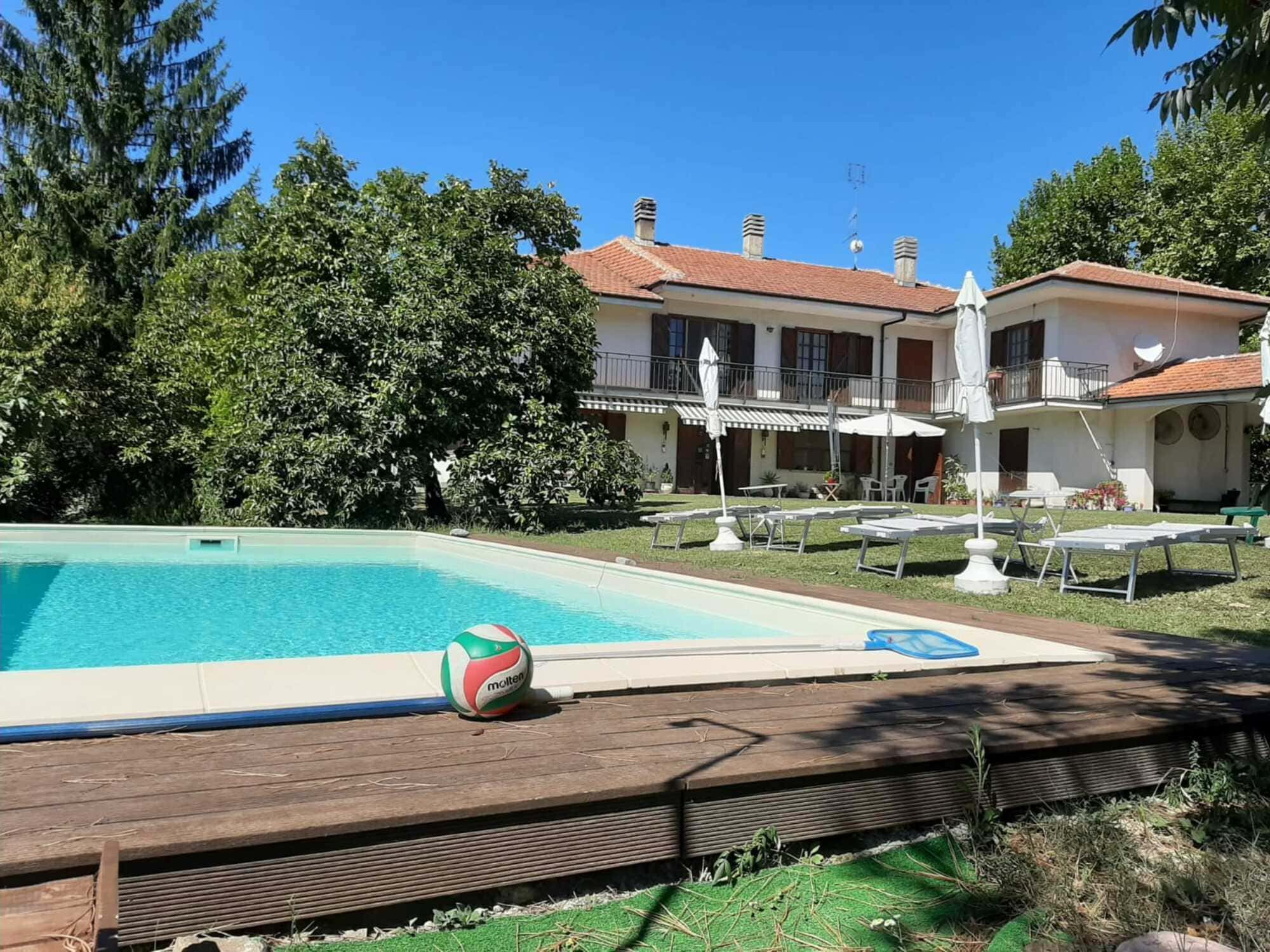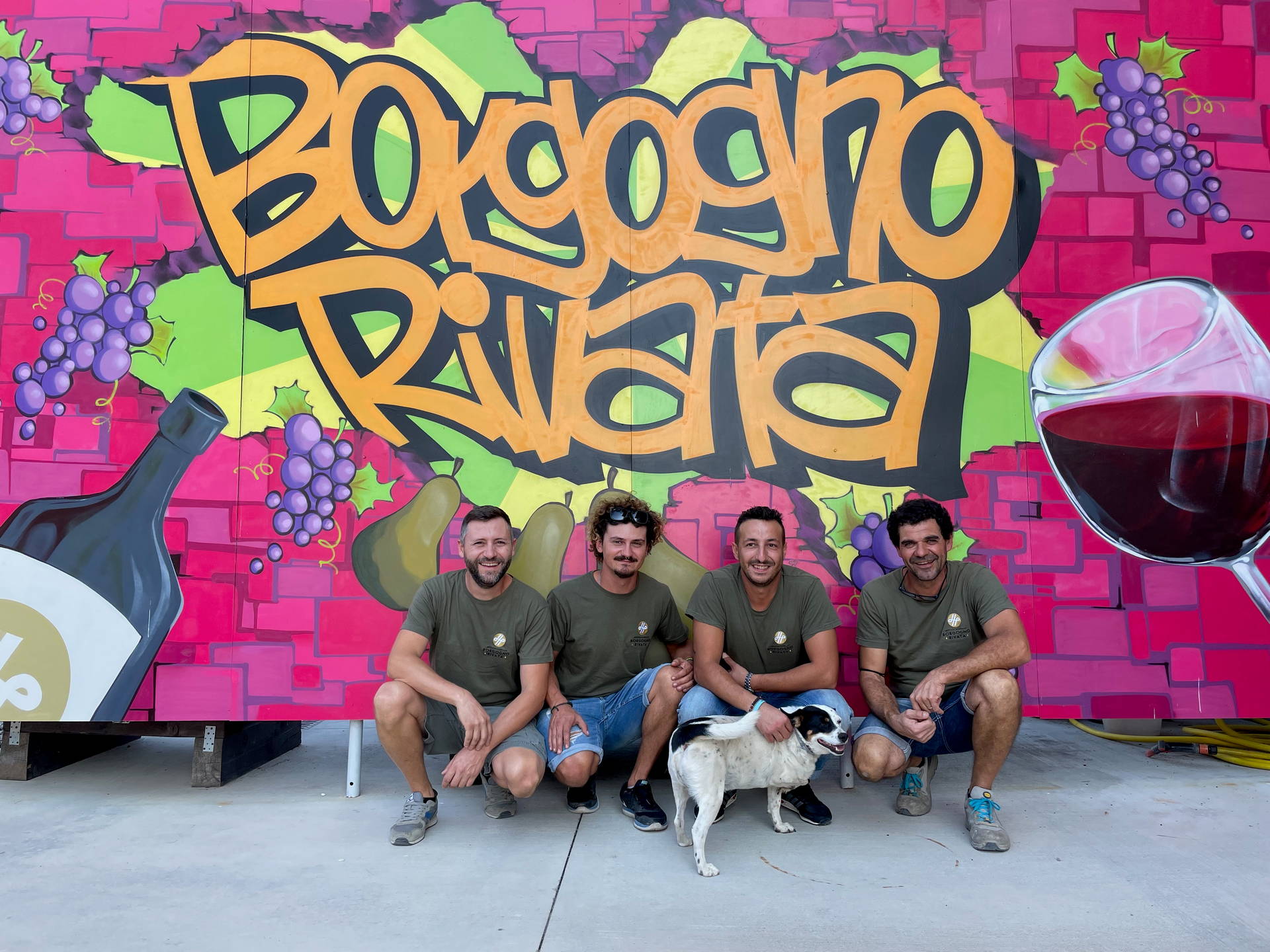
This hamlet is situated on a hill at an altitude of 449 metres above sea level and can partly be distinguished above a plateau.
Its current name, Reale, derives from rial, the obsolete synonym of the word “pasture”. At least since the first century A.D., a fundus (an extensive agricultural-productive farm with houses) was situated in this area, which has spring water and vast arable lands (an important archaeological discovery occurred nearby in 1910).
In fact, until the nineteenth century, its name on maps was la Romana, which also included the plateau where Reale is situated.
The origin of Sinio
Here a big hamlet developed, which perhaps grew after the fall of the Roman Empire and that later constituted the origin of the village of Sinio.
This older settlement ( a curtis?) survived until the tenth century, despite the long and troubled periods it experienced during the barbarian invasions and subsequent occupations by the Goths and Lombards in the Langhe.
From 8th to 10th Century
During the Carolingian and the Ottonian periods (from the eighth century to tenth century), perhaps through its own local lords, it was included in the territorial jurisdiction of the Committee of Diano.
It is also possible to imagine that this settlement had its own church (perhaps dedicated to St. Mary or St. Frontiniano), which was dependent on the parish of Diano d’Alba, within the ecclesiastical context of the Diocese of Alba.
In fact, according to oral tradition, at the outskirts of the village, a structure existed until 1887 similar to that of a bell tower. Moreover, evidence of whether a fortification was erected at the top of the present cluster of homes was not found.
The important “road from Alba to the sea” once passed near the ancient village.
Middle Age
The establishment of the new village of Sinio, with the consequent abandonment of the original settlement in this area, took place after the devastating Saracen raids (that continued in the Langhe between 905 and 940), also as a result of the territorial reorganization of fiefdoms respectively promoted by the Aleramici and Arduinici families.
Probably during the Middle Ages, only one checkpoint and temporary stopping place remained at this crossroad, where the above mentioned important ancient road met with the secondary road that lead to the castle and the village (the villa) of Sinio.

Partisan Pedaling #1 on bike from Dogliani to Bonvicino
Via Codevilla, 4, 12063 Dogliani CN, Italia
Discover ↝

The Tuesday and Saturday market in Dogliani
Via Louis Chabat, 15, 12063 Dogliani CN, Italia
Discover ↝
Are you planning a trip in the Langhe region?
Let us help you design the perfect vacation, and live your stay like a true insider
Free
Service
Ask us
For advice
Free Service
Ask us
For advice
Free Service

Fill in the form
reporting your interests and preferences
Receive our suggestions
directly into your inbox
And if it's not enough
we'll design a personalized trip!






